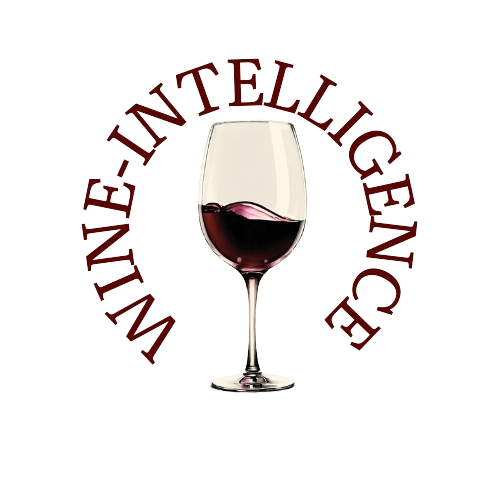France is sharpening its focus on wine tourism, aiming to become Europe’s leading destination for oenophiles by 2030—a title currently held by Italy.
With 12 million wine tourists annually and an increasingly sophisticated offering that blends wine, culture, and regional identity, France is rapidly closing the gap with its southern neighbor, which is projected to attract 13 million wine tourists in 2025.
According to a detailed study conducted by Deloitte for Vin & Société, an association representing 500,000 French wine professionals, wine tourism now generates EUR 5.4 billion in annual revenue for France. This includes EUR 1.8 billion in direct spending on winery-related activities like wine purchases, tastings, and cellar visits, and EUR 3.6 billion on additional services such as food, lodging, and cultural experiences. When accounting for the broader economic ripple effects—like the surge in demand for restaurants and accommodations—the figure rises to EUR 7 billion.
This economic weight translates into jobs: 31,000 full-time positions are supported by wine tourism, directly or indirectly. These numbers reflect a sector that’s no longer a niche but a pillar of France’s rural economy and global image.
France’s strength lies not only in its wines but in the diversity and allure of its territories. Wine-rich regions such as New Aquitaine, Occitanie, Provence-Alpes-Côte d’Azur, Grand Est, and Bourgogne-Franche-Comté are among the most visited by wine travelers worldwide. With 98 million international tourists annually, the potential for further growth is massive. In fact, 17 million tourists cite wine as one of their top three reasons for visiting France. For more than one in three foreign visitors, wine was a significant factor in choosing France as their destination.
The study emphasizes that wine is "as symbolic of France as the Eiffel Tower," and even more iconic than Paris for many visitors. Wine tourism, it concludes, “represents a strategic opportunity to promote our regions, support local economies, and strengthen France’s image of excellence.”
French officials agree. Nathalie Delattre, Minister of Tourism, recently declared, “France has everything it takes to become Europe’s leading wine tourism destination by 2030.” This ambition is not just patriotic pride but part of a broader national strategy to elevate wine tourism to the same level as gastronomy, fashion, and heritage in France’s global branding.
Meanwhile, Italy remains the current leader in terms of total wine tourists, with 13 million projected for next year. Its vast wine regions, historical estates, and integrated culinary tourism still draw millions. But France’s dynamic growth—driven by data, investment, and regional coordination—suggests the contest for the crown of Europe’s wine tourism capital is far from settled.
As the wine world becomes ever more experiential, the race between these two giants will likely drive innovation, infrastructure investment, and storytelling—all to the benefit of wine lovers everywhere.
Source: WineNews

